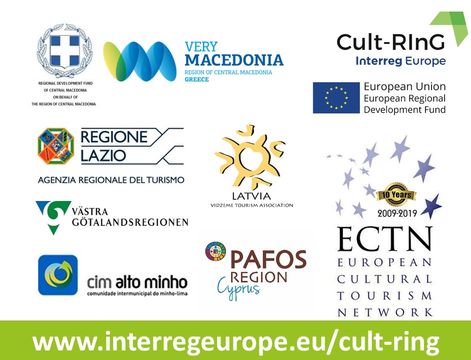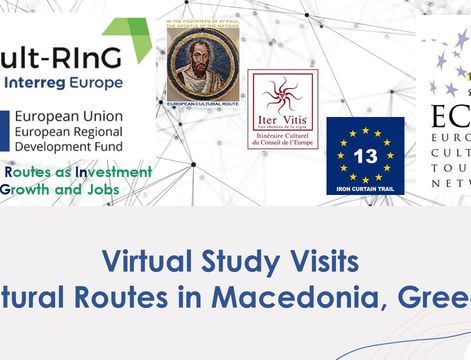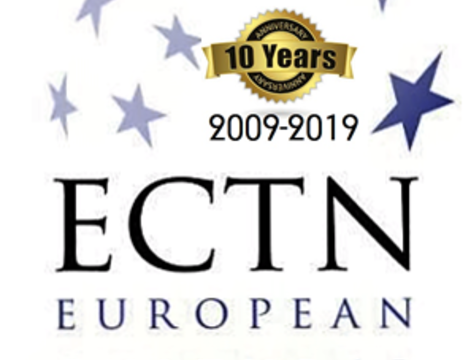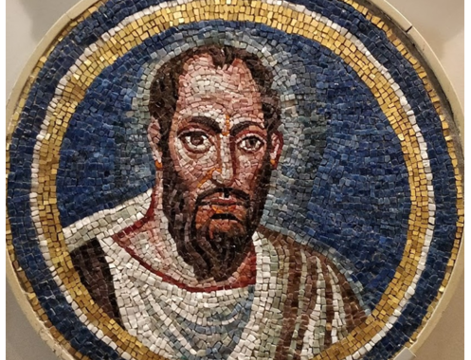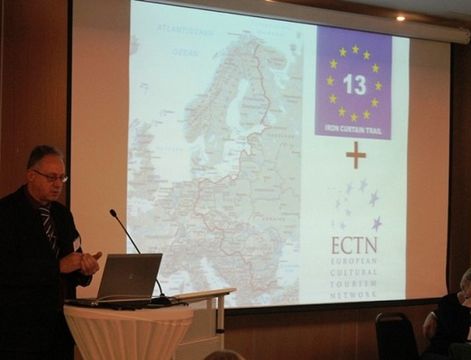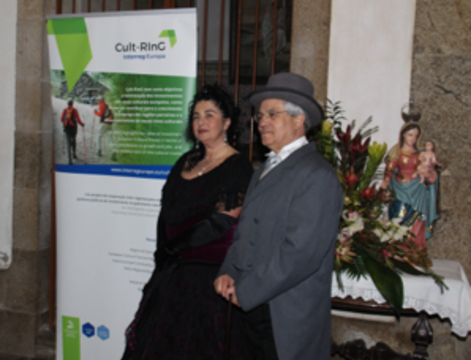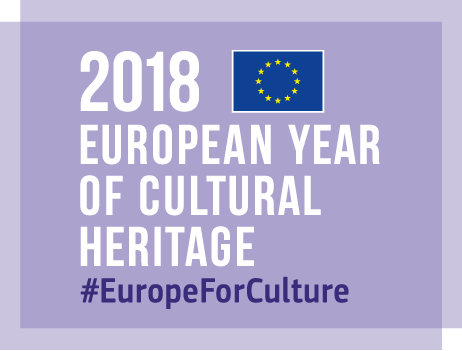The ‘Argonauts’ return’, a transnational Cultural Tourism Route based on Intangible Heritage of Mythology, Poetry, Literature, Performing and Visual Arts, has won 3rd prize in the ECTN 'Destination of Sustainable Cultural Tourism 2019' Awards, in the category 'Transnational Thematic Tourism Products, including Cultural Routes'. This category is proposed by the European Travel Commission, a partner in the annual ECTN Awards since 2018 (EYCH). This is related to an established Good practice of the Cult-RInG Interreg Europe project.
The Argonautic expedition dating c.1200 BC is the oldest, legendary, maritime journey in the world ever, covering several countries, seas, rivers, cities and places, viz:
- in ancient Greek theatre tragedy Media by Euripidis, 4th century BC
- in epic poem ‘Argonautica’ by Apollonius Rhodius 250 BC, Orpheus 6th century BC and Pindar
- in sculptures and reliefs of Hellenistic and Roman periods
- depicted on paintings and frescos of the Renaissance.
The cultural footprint is mainly in the ‘The Return of the Argonauts’, as a European Cultural Route offering an excellent basis for transnational thematic tourism products and services.
Countries:
Greece, Turkey, Georgia, Romania, Bulgaria, Serbia, Croatia, Slovenia, Italy, France, Tunisia, etc.
A new cultural route based on intangible heritage about the Argonautic expedition is developed as a series of transnational thematic tourism destinations. The mission of ‘Jason and the Argonauts’ from Iolkos, present day City of Volos in Greece, to Colchis, present day Georgia, to bring back the ‘golden fleece’ has inspired several works of art, including poetry, literature, pottery, theatre, painting, sculpture, cinema, documentaries, music and publications, in several countries, such as:
▪ ‘Argonautica’ by Apollonius Rhodius in the 3rd century BC, a Greek epic poem
▪ ‘Media’, ancient Greek theatrical play, tragedy by Euripides,
▪ Pottery, various artefacts in the Louvre (340 BC–330 BC) and other museums
▪ Terracotta relief, Roman artwork, probably 1st century AD, said to have been found near the Porta Latina in Rome
▪ Roman fresco from Pompeii, 1st century AD
▪ Renaissance Sculptures of Jason in Florence, Vienna, London (V&A museum)
▪ Fresco ‘Jason and the Argonauts Arriving at Colchis’, by Charles de La Fosse, located in the Château de Versailles
▪ Map of Argonautica by Ortelius in Parergon, 1624
▪ ‘Jason and Medea’, painting by John William Waterhouse, 1907
▪ ‘Jason and the Argonauts’, Hollywood film, 1963
▪ ‘In Search of Myths and Heroes’, BBC Documentary by Michael Wood
▪ Book by Jason Colavito: Jason and the Argonauts through the Ages, 2014.
Although a lot of attention has been given to the outbound journey from Iolkos to Colchis, the return journey of the Argonauts has not been given the exposure it deserves. This is despite the fact that the return journey accounted for over 3/4 of the overall journey. The return of the Argonauts has left a cultural footprint in several places.
A new Cultural Route on the theme of 'Argonauts' Return' is highly relevant for sustainable cultural tourism. In a metaphorical sense, ‘a return of the Argonauts’ to the present day would highlight the cultural values of the first legendary journey of mankind.
There are several alternative versions of the return journey:
▪ Apollonius Rhodius Argonautica
▪ Orphic Argonautica
▪ Pindar
▪ Herodotus of Heraclea
▪ Judith Bacon
▪ Hecataeus of Miletus
▪ Timaeus
▪ Henrietta Merz.
Initially, the focus is on the most prevalent route, that of ‘Apollonius Rhodius’ Argonautica, viz:
From Colchis (Georgia) through the Black Sea and the Danube river to Istria (Croatia), Lubliana in Slovenia, to the Adriatic Sea and then via the Po or Iridanos river through Italy to the Rhone or Rodanos river, to present day South of France, sailing the Thyrrenian Sea, Straight of Messina, to North Africa, Lake Tritonis, then to eastern Crete, Anafi island near Santorini, Aigina island, Evia, a glorious return to Iolkos and finally to the temple of Poseidon in Corinth.
The process is to first document and highlight the evidence of the cultural footprint of the Argonauts’ return route and then work together with EU institutions, UNWTO and UNESCO to promote the cultural tourism potential of the destinations along the route to relevant tour operators, travel writers and bloggers. The interest of UNWTO had been already raised. The next step is a candidature for certification as a Cultural Route of the Council of Europe.
Of particular importance is the very close and unique involvement of the citizens society in the development and promotion of the cultural route. The respect of local traditions, accessibility to heritage and creativity around the theme of the Argonautica ensure the sustainability of the route.
This European Cultural Route has all the necessary qualities which make it an excellent basis for transnational thematic and sustainable tourism products and services.




